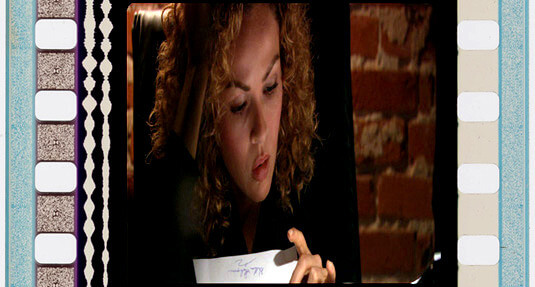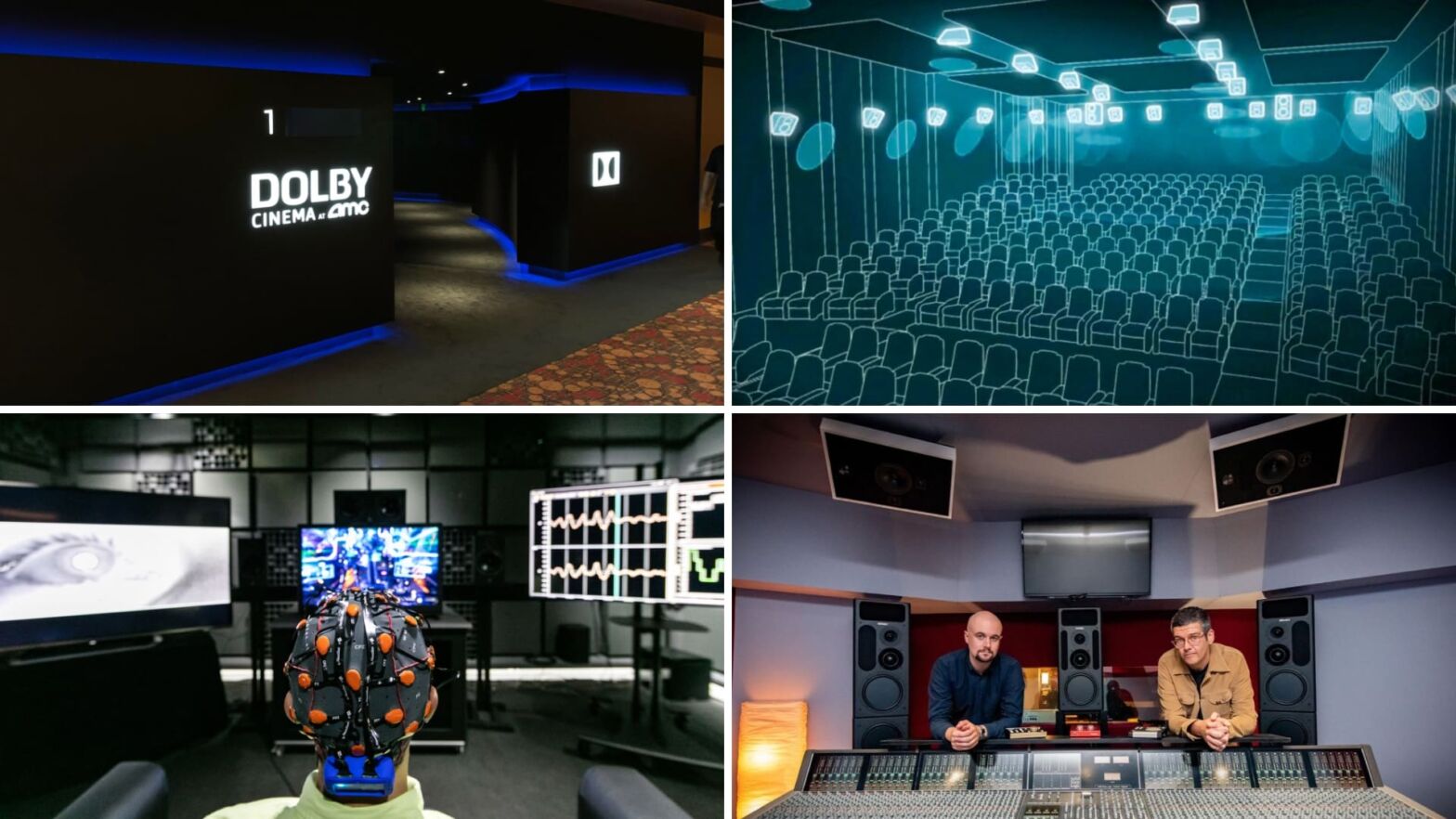We do not always place a lot of emphasis or importance on sound, even though its impact on motion pictures is huge. Movies didn’t start with sound, but now they’re part of the package that comes with filmmaking. And while sound in movies has been around since the late 1920s, it would be Dolby Stereo in the 1970s that led a revolution. The name Dolby is no doubt familiar to you, but what is Dolby Stereo, and how did it impact filmmaking and movie watching?
Defining Dolby Stereo
An overview of Dolby Stereo
Before answering “what is Dolby Stereo,” let’s talk about Dolby Laboratories. The company was created by Ray Dolby, with the aim of improving motion picture sound technology. While getting known for their noise reduction products (which reduces hiss from tapes), they made sure the same kind of tech could benefit movies, culminating in Dolby Stereo.
DOLBY STEREO DEFINITION
What is Dolby Stereo?
Dolby Stereo is a sound format that uses 4-channel optical soundtracks for 35mm and 6-channel magnetic soundtracks for 70mm. This produces sound quality that can fully immerse a viewer via specifically positioned speakers in a theater auditorium. The Dolby Stereo Matrix uses four channels — Left, Right, Center, and Surround — to achieve this; the four are combined as two (Left-total and Right-total) on a literal film strip.
Dolby Stereo characteristics include:
- 4-channel 35mm optical soundtracks; 6-channel 70mm magnetic soundtracks
- All-encompassing sound from positioned speakers
- Noise reduction tech that could be used during filming and projection of the movie
Dolby Stereo Origins
Pre-Stereo
Movies used to be shown on 35mm film strips as the standard, and they came encoded with sound. While larger theater venues had multiple stereos (a holdover from the CinemaScope days), many others did not.
As a result, most theater goers were watching movies in theaters that were being output in mono. This means that the entire soundtrack is put out through all speakers.
Filmmaker IQ has a whole video talking about sound in motion pictures — which covers the older mono and the up and coming Dolby sound — in the long-but-informative video below.
What is Dolby Stereo? • Sound in movies
Dolby Laboratories knew the world of movies could do better. They first found a way to eliminate tape hiss, which was pretty popular all around for audio production. As for movies, noise reduction was first implemented with one of the greatest Stanley Kubrick movies of all-time, A Clockwork Orange (1971). While the film was still released with a regular optical soundtrack, the film production work used Dolby noise reduction on all the audio.
Dolby knew that the mass distributed film strips themselves had to benefit from the new tech for any of it to truly come together. The first film to be Dolby-encoded was Callan (1974). While still only in mono, it was the start of Dolby’s noise reduction technology being used on more movies and theaters.
Dolby Stereo Movies
Setting the standard
Ken Russell’s Lisztomania (1975) was the branded the first Dolby Stereo film, using the Left-Center-Right channel system. Previous mono films had the issue of the sound coming from only one place. The creation of a “center” allowed for Dolby sound to be on both (left-right) sides while allowing dialogue to stay in the center. In this way, no matter where you sat in an auditorium, you wouldn’t be losing out on any Dolby sounds.
A Star is Born (1976) was the first Dolby Stereo film to be encoded with the full 4-channel system, which added surround to the mix. You can see an example of what this could look like on a literal film strip below.

What is Dolby Stereo? • Note the black and white waves on the left
Around this time, larger theaters with plenty of stereo space started to implement Dolby Stereo sound, but not everyone saw the benefit, which meant, while any theater could play the film strip, many of them would not be getting true Dolby sound capabilities.
But then, like always, there came Star Wars (1977). On top of being an unprecedented phenomenon, the film used Dolby Stereo sound to great advantage. As a result, more theaters saw the benefit of 4-channel stereo sound and began changing their setups to take advantage. Star Wars and Dolby have had a relationship from the beginning, as this video reminds us.
What is Dolby Stereo? • the Star Wars legacy
Pretty soon after, 4-channel optical stereo was the norm, leaving magnetic soundtracks for 70mm films. However, while 70mm was more of a specialty viewing experience, the success of Star Wars and other Dolby Stereo sound films encouraged a wave of “70mm blowups” in the 1980s. The difference, outside of visual fidelity, was 6-channel stereo output that would be even more exciting and enticing for movie fans.
Dolby Stereo Legacy
Successors to Stereo
During the ‘70s and ‘80s, Dolby brought the Stereo home with Surround, which let consumers replicate the Dolby sound at home by adding even more speakers to their home theater setup.
While minor improvements persisted through the 1980s, the ‘90s brought Dolby Stereo Digital, which reduced the need for theaters to rely on the physical film strip for the audio. Batman Returns (1992) was the first film released theatrically to use it, and later in the decade, Dolby Digital (the name removing the ‘Stereo’ part) became even more commonplace in theaters.
By the time DVD started to enter the market as the next big thing, Dolby Digital was both an in-theater and at-home standard.
Further developments have included 5.1 and 7.1 surround sound, the latter of which premiered with Toy Story 3 (2011). Then Dolby topped themselves with Dolby Atmos, which adds height channels to give sound a more three-dimensional texture, which can be implemented in theaters and at home.
Brave (2012) was the first film to premiere with this tech, with many other mediums, like TV and music, also utilizing it. The video below covers Dolby Atmos, but also quickly covers the history of Dolby and its role in cinema.
What is Dolby Stereo? • The latest tech
Dolby Laboratories has done a lot for sound and audio technology, and their contributions to cinema cannot be understated. They changed the game in the 1970s, but they continue to push the envelope in tremendous ways. It’s gotten to the point where AMC movie theaters have Dolby auditoriums the same way IMAX does, proving that Dolby will always be at the forefront of filmmaking tech and imagination.
Related Posts
UP NEXT
How IMAX Changed Cinema
Now that you know how Dolby changed the way we listen to movies, why not look into how IMAX changed the way we watched them? We cover its early history, its on-going innovations, and the different ways you can experience a film in IMAX.
Up Next: How IMAX Works →
Showcase your vision with elegant shot lists and storyboards.
Create robust and customizable shot lists. Upload images to make storyboards and slideshows.
